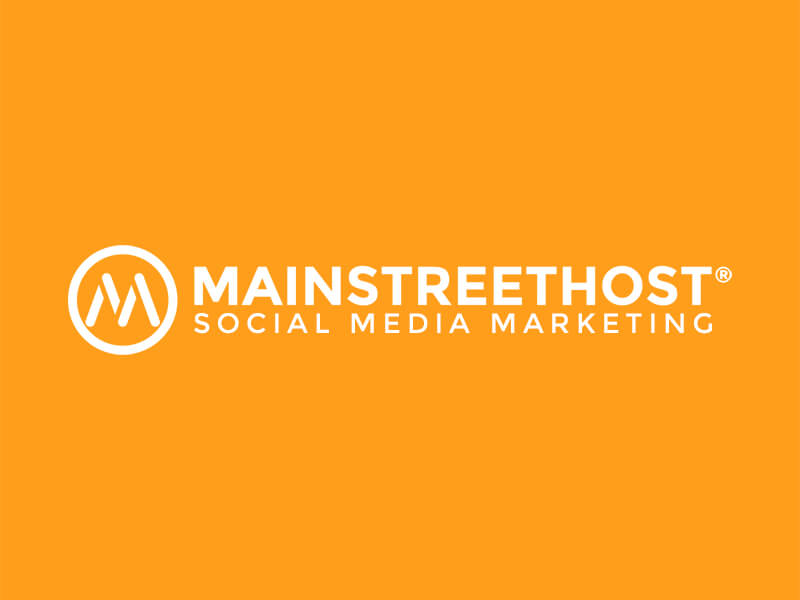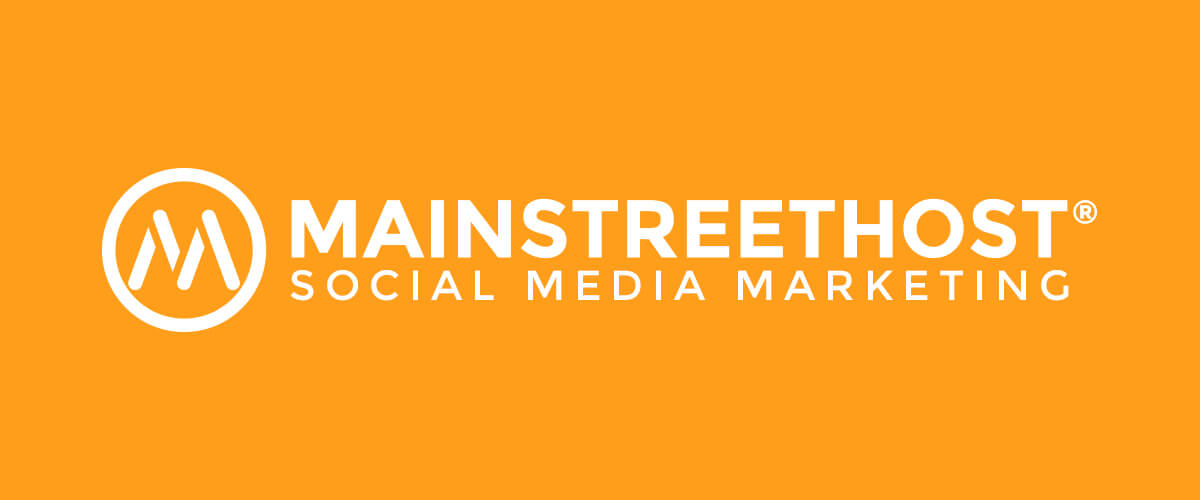In the history of American advertising, the role of athlete sponsorships looms large. The strategy became trendy way back at the end of the 19th century, with tobacco brands using famous baseball players to sell cigarettes. From classic cereal boxes to culture-defining shoe endorsements, these athlete-brand partnerships help define and monetize the relationship between each generation and their sports heroes.
Tiger Woods, for example, entered his professional golf career already making $43 million – and that was before he ever won an event. His introductory press conference featured him sheepishly grinning, sighing, and saying, “I guess, hello, world.”
And the world collectively swooned.
As it turned out, though, the sheepishness was contrived – part of a mega endorsement deal with Nike that would feature the phrase as a million-dollar motto. Of course, the size and scope of these partnerships isn’t surprising when one considers the magnitude of professional sports as an industry in the United States. Thirty second Super Bowl spots cost brands an average of $4.5 million at this year’s big game, and that number grows every year.
Aside from the sheer size of the industry, there’s also something about professional sports endorsements that instills immediate engagement. The majority of these sponsorships are organized around products and services that cater primarily to younger athletes – sneakers, supplements, apparel, etc. For many of the teenage athletes making up that audience, seeing an idol wearing and supporting a particular product is beyond convincing – it connects immediately with the part of them that wants to be great. Regardless of whether or not having the latest and greatest gear actually leads to improved performance, it’s hard not to be persuaded when the emotional connection to your heroes and heroines is the marketing platform being used.
However, in a marketing landscape that puts such a high price tag on athlete sponsorships, there has been a troubling, long-lasting imbalance between male and female athletes getting those deals. Since the Title IX legislation was signed into law in 1972, female participation in high school and collegiate sports (especially in the younger demographic that many of these brands are marketing to) has climbed to 42% and 43%, respectively. Typically, when a particular demographic is showing steady, extended growth, brands respond accordingly. Marketing effectively to previously untapped segments of the population is the easiest way to get a leg up on the competition.
Despite that, this sexist imbalance has persisted up until very recently.
In the aftermath of the 2012 London Olympic Games, for example, the United States was flush with pride for our athletes – especially the women. During the games, the U.S. took home a resounding first place in the medal count, winning 103 medals versus the 88 from second place China. Of those 103, our women accounted for 58 of them, which Syracuse University points out was better than the overall (men and women combined) medal count for all but three countries in the games. Unfortunately, while the aftermath of those games did show a spike in female athlete endorsements, it was short lived, and soon we were regressing to the status quo of a male-dominated field. Time and time again, research shows that brands are more apt to focus on female spokespersons in a context of sex appeal or high fashion – and this can be chalked up to nothing other than overt, inexcusable sexism.
Thankfully, though, there have been prominent signs that the tides are changing with the times. In the past year, big brands have finally started to get the picture – that young female athletes make up a large (and largely ignored) part of their potential customer base. It’s not just ethically wrong to continue ignoring that demographic – it doesn’t make any business sense. Here are a few of the prominent examples of brands leading the way by giving iconic female athletes the opportunity to be the face of their brand.
Ronda Rousey Partnering with Carl’s Jr.
In the past, Carl’s Jr. has featured advertisements that suffer from many of the, shall we say, unreformed ideas about women in society that have plagued advertising for decades. Typically featuring a barely dressed model, over-sexualized dialogue, and other tropes befitting a fictional ad spot from the show Mad Men, the commercials just don’t belong in the 21st century. Recently though, they have scrapped the idea of partnering with models for these ads, instead using former UFC champion Ronda Rousey. While some of the sexualized dialogue remains (so let’s not go giving them any awards for progressivism quite yet), it is coupled with a genuine sense of respect for Rousey’s athleticism and gives the ads a self-awareness that they had previously been lacking. Because Rousey is presented with a real personality, the brand personality benefits immensely.
Alex Morgan Featured on the Cover of FIFA ’16
Similar to the female athletes at the 2012 Olympics, this year’s women’s national soccer team seized the hearts of Americans by taking the Gold at the World Cup, held in Canada during the spring. In fact, the TV ratings for the title game (in which the U.S. women took down Japan’s team) set the record as the most-viewed U.S. soccer game in history, beating out both MLS professional games and U.S. men’s World Cup teams. With a feat like that, it’s no wonder that advertisers finally took note. In this case, one of the biggest advertisers to tap into this excitement was EA Sports, whose FIFA video game franchise is one of the most popular on the market. For the first time, the coveted cover spot will be shared by one male athlete and one female. This is a bold and exciting move for FIFA because sports video games have long been marketed to males almost exclusively. With TV ratings like those shown during the World Cup, it’s clear that that strategy has been small-minded and absurd, and FIFA now stands in good position to reap the rewards of being more progressive than the competition.
Serena Williams’ Longstanding Sponsorships with Gatorade, Others
Long considered an exception to the rule in terms of female athletic endorsements, Serena is not new to corporate sponsorship. Her remarkable story and unprecedented on-court dominance have had brands begging to partner with her long before this recent trend has taken hold. Still, she’s worth including because, well, she’s amazing and iconic and awesome. In the spot for Gatorade featured above, the director splices heartwarming home footage of her childhood practice sessions with dramatic clips of her dominating as an adult. Towards the end of the ad, a fan at the U.S. Open is seen holding up a sign that does a good job of summing up why excluding women from athletic sponsorships has been so absurd and stupid for so long: “STRONG IS BEAUTIFUL #Serena.”
The supportive sign serves as a reminder to brands everywhere that female athletes are growing rapidly in numbers, their on-field accomplishments represent compelling and engaging stories, and that the girls across the country who dream of growing up to join their ranks are just as worth catering to as their male counterparts.


